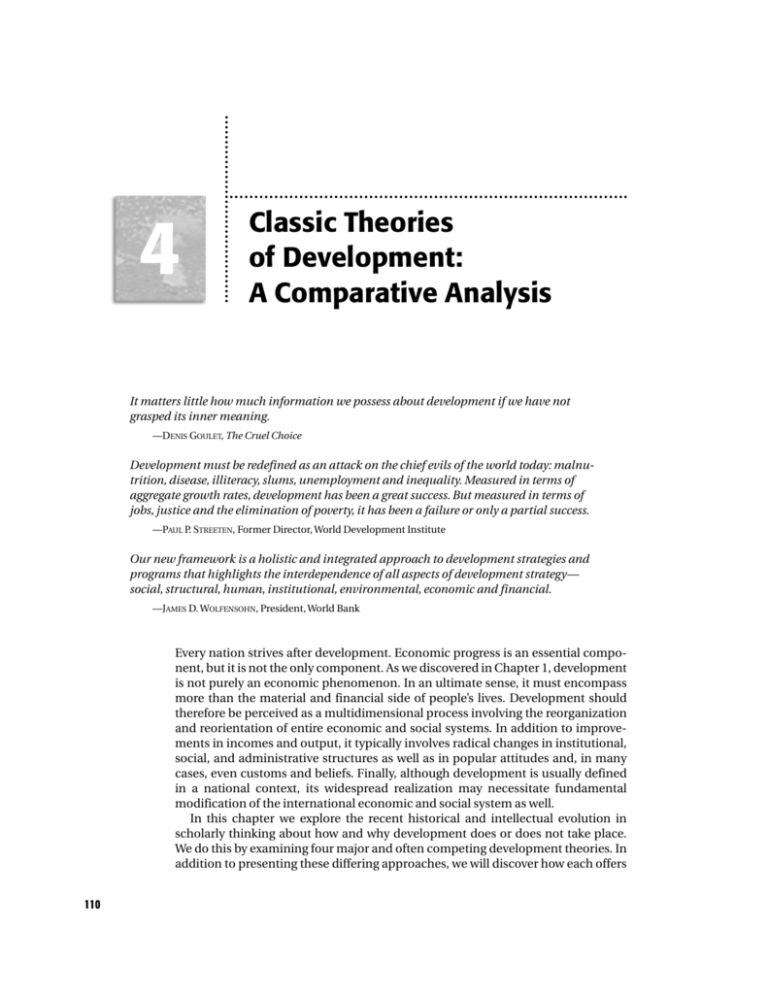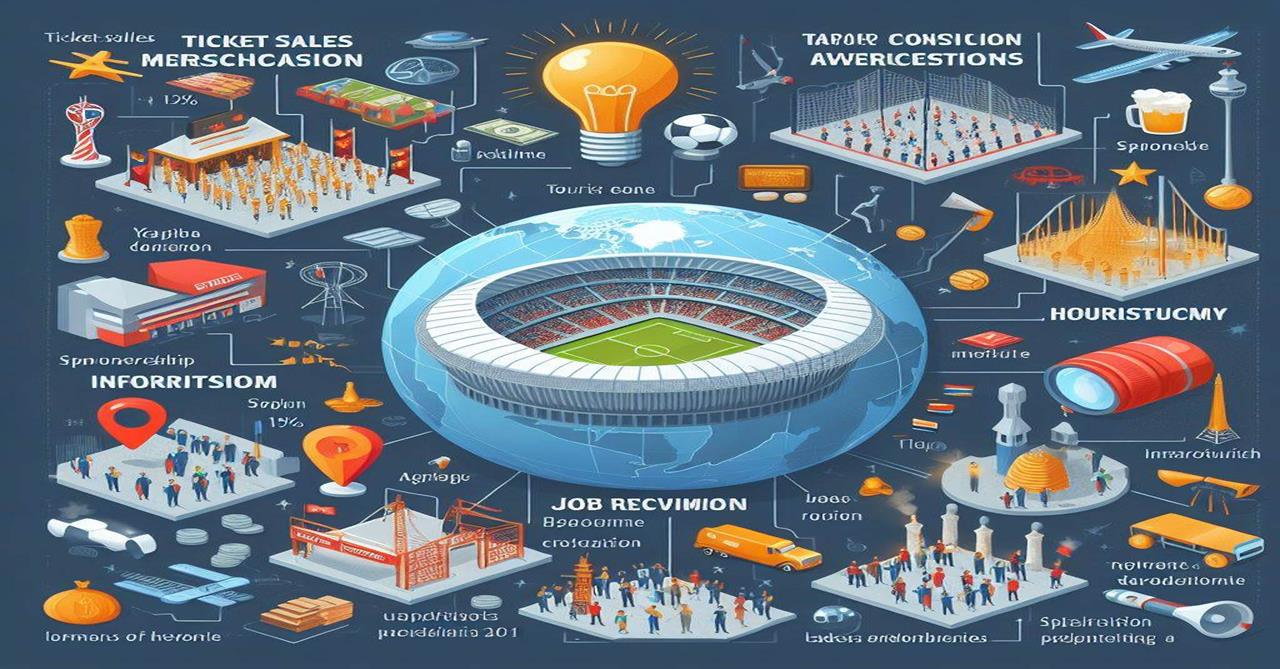
The Economic Ripple Effect: Understanding Global Water Scarcity’s Financial Implications
Imagine a world where clean, fresh water isn’t readily available. For billions of people, this isn’t a hypothetical scenario; it’s a harsh reality. Global water scarcity, a growing crisis, poses not only environmental and social challenges but also profound economic ones. From the food on our plates to the products we buy, the availability of water underpins nearly every aspect of our global economy.
This article will delve into the far-reaching economic implications of global water scarcity, explaining in easy-to-understand terms how a lack of water can impact industries, governments, and individual livelihoods worldwide.
What Exactly Is Water Scarcity?
Before diving into the economics, let’s quickly define water scarcity. In simple terms, it means there isn’t enough clean, fresh water to meet the needs of everyone in a particular region. This can be due to:
- Physical Scarcity: Not enough natural water resources (like rivers, lakes, or groundwater) in an area. Think of deserts or regions with low rainfall.
- Economic Scarcity: Water is available, but people don’t have the means (money, infrastructure, or technology) to access it or distribute it effectively. This often happens in developing countries where water infrastructure is poor.
Key Drivers of Water Scarcity:
- Population Growth: More people mean more demand for water for drinking, sanitation, and food production.
- Climate Change: Changes in rainfall patterns, more frequent droughts, and melting glaciers affect water availability.
- Pollution: Industrial waste, agricultural runoff, and inadequate sewage treatment contaminate existing water sources, making them unusable.
- Inefficient Water Use: Wasting water in agriculture, industries, and homes contributes significantly to scarcity.
The Direct Economic Impacts of Water Shortages
Water is a fundamental resource for almost all economic activities. When it becomes scarce, the ripple effects are felt across various sectors.
1. Agriculture and Food Security
Agriculture is by far the largest consumer of fresh water globally, accounting for about 70% of withdrawals. When water is scarce, food production takes a massive hit.
- Crop Failure and Reduced Yields: Without sufficient irrigation, crops wither, leading to smaller harvests or complete failure.
- Increased Food Prices: Less food available means higher prices for consumers. This particularly impacts low-income households, increasing food insecurity and malnutrition.
- Loss of Farmer Income: Farmers lose their livelihoods, leading to rural poverty and potential migration to urban areas.
- Impact on Exports/Imports: Countries that rely on agricultural exports might see their revenues plummet, while those that import food could face higher costs and supply chain disruptions.
- Livestock Stress: Animals also need water, and scarcity can lead to reduced herd sizes, lower dairy and meat production, and higher costs for animal products.
2. Industry and Manufacturing
Water is essential for almost every manufacturing process, from cooling machinery and cleaning products to being a direct ingredient.
- Production Delays and Shutdowns: Industries like textiles, chemicals, mining, and food processing rely heavily on water. Shortages can force factories to reduce operations or shut down entirely.
- Increased Operating Costs: Businesses might have to pay more for water, invest in water-saving technologies, or transport water from further away, all of which raise production costs.
- Supply Chain Disruptions: If a key component or raw material is produced in a water-stressed region, the entire global supply chain can be affected.
- Reduced Investment: Companies may be hesitant to invest in areas with unreliable water supplies, limiting economic development.
3. Energy Production
Water is crucial for generating energy, especially for hydroelectric power and cooling thermal power plants (coal, nuclear, gas).
- Power Shortages: Droughts can reduce water levels in dams, leading to less hydroelectric power generation. Thermal plants also need vast amounts of water for cooling; without it, they must reduce output.
- Higher Energy Costs: When traditional power sources are constrained, countries might turn to more expensive alternatives, leading to higher electricity bills for homes and businesses.
- Impact on Economic Output: Energy is the backbone of modern economies. Power shortages can cripple industries, transportation, and daily life.
4. Tourism and Recreation
Many tourist destinations, especially those focused on natural landscapes, beaches, or water-based activities, are vulnerable to water scarcity.
- Reduced Tourist Numbers: Droughts can dry up lakes, rivers, and waterfalls, making destinations less appealing. Hotels and resorts also consume large amounts of water, and shortages can impact their services.
- Job Losses: A decline in tourism leads to job losses in hotels, restaurants, tour operations, and related services.
- Revenue Decline: Local economies that rely heavily on tourism suffer significant financial losses.
5. Health and Sanitation
While not purely "economic," the health impacts of water scarcity have significant financial consequences.
- Increased Healthcare Costs: Lack of clean water leads to waterborne diseases (cholera, typhoid, diarrhea), increasing the burden on healthcare systems and individual medical expenses.
- Reduced Productivity: Sick workers are less productive or unable to work, impacting company output and national GDP.
- Lost School Days: Children frequently fall ill due to contaminated water, leading to missed education and long-term impacts on human capital.
- Time and Effort for Water Collection: In many regions, women and children spend hours daily collecting water, diverting time from education, work, and other productive activities.
Broader Economic Consequences
Beyond direct impacts on specific sectors, water scarcity creates wider economic ripple effects that can destabilize nations and global markets.
1. Increased Government Spending
Governments face mounting pressure and costs due to water scarcity:
- Infrastructure Investment: Building new dams, pipelines, desalination plants, and wastewater treatment facilities requires massive public investment.
- Disaster Relief: Providing aid to communities affected by drought or flood (often linked to extreme weather from climate change).
- Social Programs: Supporting farmers and industries impacted by water shortages, or providing healthcare for waterborne diseases.
- Conflict Resolution: Managing disputes over shared water resources, which can escalate into costly conflicts.
2. Reduced Economic Growth and Development
Water scarcity can act as a significant brake on a country’s overall economic progress.
- Lower GDP: When agriculture, industry, and energy sectors are constrained, a nation’s Gross Domestic Product (GDP) – the total value of goods and services produced – can decline.
- Decreased Foreign Investment: Investors are wary of countries with unstable resource bases, making it harder to attract capital for development.
- Stagnation of Poverty Reduction Efforts: Water scarcity disproportionately affects the poor, making it harder for nations to lift their citizens out of poverty.
3. Investment Risks and Financial Instability
Financial markets and investors are increasingly recognizing water scarcity as a significant risk factor.
- "Stranded Assets": Investments in industries or regions heavily reliant on water might become unprofitable or obsolete if water supplies dwindle.
- Higher Insurance Premiums: Businesses in water-stressed areas may face higher insurance costs due to increased risk of operational disruption.
- Credit Rating Impacts: A nation’s credit rating could be downgraded if its economy is highly vulnerable to water scarcity, making it more expensive to borrow money.
4. International Relations and Conflict
Water resources often cross national borders. When water becomes scarce, it can become a source of tension and conflict.
- Transboundary Water Disputes: Countries sharing rivers or aquifers may clash over access and allocation of water, impacting trade, diplomacy, and potentially leading to armed conflict.
- "Water Refugees" and Migration: Severe water shortages can displace large populations, leading to internal or international migration, which strains resources in host communities and can create social unrest.
Seeking Solutions: Economic Opportunities in Crisis
While the economic implications of water scarcity are daunting, they also highlight critical areas for innovation, investment, and policy development. Addressing water scarcity isn’t just a cost; it’s an opportunity for economic growth and resilience.
-
Technological Innovations:
- Desalination: Converting saltwater into fresh water (though energy-intensive, costs are decreasing).
- Advanced Wastewater Treatment: Treating used water to make it safe for reuse in agriculture, industry, or even drinking.
- Smart Irrigation: Using sensors and data to deliver water precisely where and when crops need it, dramatically reducing waste.
- Leak Detection and Repair: Investing in infrastructure to prevent water loss in pipes and distribution networks.
-
Policy and Governance:
- Water Pricing: Implementing fair water pricing that encourages conservation and efficient use, while also ensuring access for basic needs.
- Regulations: Setting strict limits on pollution and promoting responsible industrial and agricultural practices.
- International Cooperation: Developing agreements for sharing transboundary water resources equitably.
-
Investment in Infrastructure:
- Building new, efficient water storage and distribution systems.
- Upgrading existing, aging infrastructure to prevent leaks and improve delivery.
- Public-private partnerships to fund large-scale water projects.
-
Water Conservation and Efficiency:
- Promoting water-saving practices in homes, businesses, and agriculture (e.g., drip irrigation, low-flow fixtures, rainwater harvesting).
- Public awareness campaigns to educate citizens about responsible water use.
Conclusion
Global water scarcity is far more than an environmental issue; it’s a profound economic challenge that touches every corner of our interconnected world. From impacting the price of food and the stability of industries to influencing national GDP and international relations, the financial consequences are immense.
However, recognizing these economic implications also provides a powerful incentive for action. By investing in sustainable water management, fostering innovation, and promoting responsible water use, we can mitigate the risks and unlock new economic opportunities. The future prosperity of our planet hinges on our ability to manage this most vital resource wisely. It’s time to treat water not just as a commodity, but as the precious, finite resource that underpins our very economic existence.




Post Comment